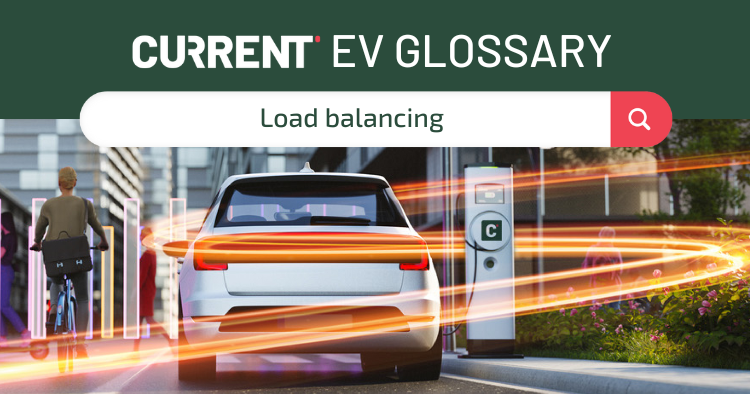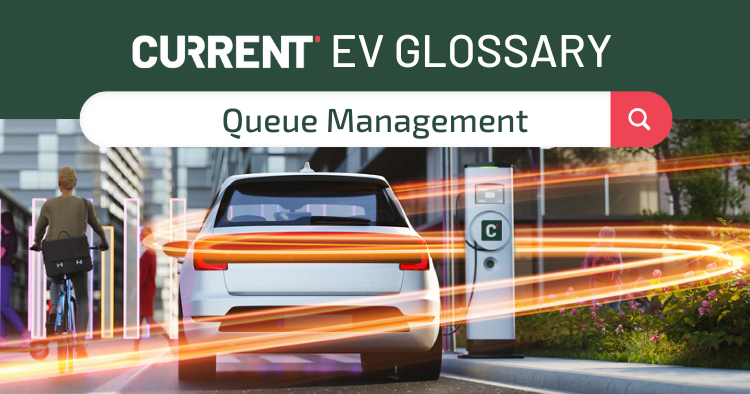EV Roaming
What is EV Roaming and How Does It Help EV Drivers?
The adoption of electric vehicles is accelerating. A potential barrier to more drivers is access to charging networks. People genuinely worry about driving beyond their car's range. So, an agreement that makes more charging stations available to drivers is a big deal.
EV roaming networks give EV drivers more options to charge their vehicles. Not many people know about the details, so let's show you a few of the things you can understand about this topic to help you as a driver, charge point operator, or fleet operator.
What is EV roaming?
EV roaming is when EV drivers charge their cars at a charge point outside of their network. Roaming services are facilitated by Charge Point Operators (CPO) and Electric Mobility Service Providers (EMSP). By working together and giving access they create roaming networks EV drivers can use to charge their cars wherever they drive.
You've encountered mobile phone roaming if you've been abroad. Roaming is a mobile wireless phrase. Roaming is using another telecommunications provider's network. EV Charging roaming is using multiple CPOs networks through one “charging contract”. In eRoaming, the “charging contract supplier” gives EV drivers universal charging. They achieve this by unlocking their different CPO’s EV charge stations for their clients. EV Charging Roaming allows EV customers to use any charging station in any area, regardless of the supplier as long as they are a part of a roaming agreement.
How Do EV Roaming Services Work?
Charging with EV roaming is convenient from the perspective of the customer. The user's chosen EMSP has given him a mobile app or a charging tag that is linked to his account. With that app, he looks for nearby charging stations that are free or have good rates. Then, he picks the one that works best for him at that time. He chooses how much he wants to charge, and his app lets him keep track of how much he's getting. After he charges, the cost of the charge is added to his account balance or charged to his credit card.
From the CPO and EMSP perspective, there are a few more wrinkles. Let's cover how it looks from the perspective of the provider. There are two different approaches these providers can take to offer their services to EV drivers.
Peer to Peer (P2P) Roaming
EV service providers, such as an EMSP and CPO, can use the Open Charge Point Interface (OCPI) to share data. The OCPI protocol lets both the EV and the charging station connect and share data through a single API, and it gives users real-time information. This is a good choice because the two partners can talk about and agree on all of the technical and monetary details of the collaboration. On the other hand, talks can take a long time, and putting the plan into action can be difficult and expensive.
These bilateral agreements work well for strategic partnerships, but it's hard to make eRoaming work for all consumers across more than one EV charging network with these two-party negotiations.
EV Roaming with eRoaming networks
Since there are so many charging networks around the world, it would be extremely difficult for CPOs or EMSPs to work collaboratively with each and every charging network provider, decide on economic terms, and figure out how to implement the network in any one country, let alone across a continent like Europe.
If a Charge point operator (CPO) or Electric mobility service provider (EMSP) decides to join an eRoaming infrastructure, his customers get access to all EV charging networks that are also partners. Thus, the providers don't need to have extensive conversations with each vendor, they can just accept the commercial terms. They can start EV roaming pretty quickly.
This approach has some disadvantages. When a provider joins an eRoaming hub, it agrees to their regulations. That means they lose a lot of control over which procedures to employ and which business strategies they can provide for EV roaming.
Benefits of EV Roaming for the EV Driver
EV Charging Roaming has many benefits, such as:
- Providing a great customer experience no matter the operator, the way they charge, or which of the EU countries they are in.
- Providing access to a lot of charging points.
- Adding more ways to charge for people who can't do it at home
- Getting rid of the fear that drivers feel when they roam beyond their normal area
- Allowing providers to reach a location farther away
- Giving relevant, real-time information about where charging stations are, whether they are available, how much they cost, and what their tariffs are.
How Does EV Roaming Help EMSPs?
With eRoaming, EV charging industry players can directly benefit from the explosive growth of the EV market. When 3rd party EMSP apps and cards are used, CPOs can get the most EV drivers to charge at their charge points. More users means more revenue potential.
EMSPs will make charging as easy as possible for their own customers by letting them charge on numerous charging systems using their own labeled mobile app or RFID card.
Conclusion
EV roaming has many benefits for the owners and drivers of electric vehicles. They gain increased flexibility, clarity about the tariffs they will pay, and access to charge point data via the internet or their phones. Roaming also helps service providers because their customers get access to more charging locations, and an expanded 'local' area, and these options being in more revenue for the provider.
Now you know a little more about EV roaming and why it is important for the future of EV charging. If you've still got questions or want to learn more, then please look through the other area of our glossary or send us a message.



